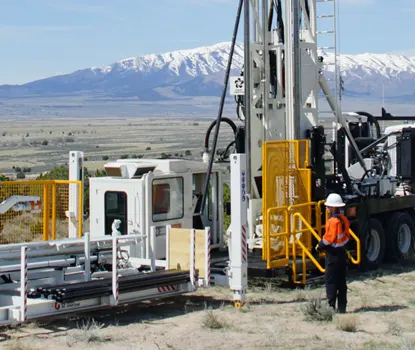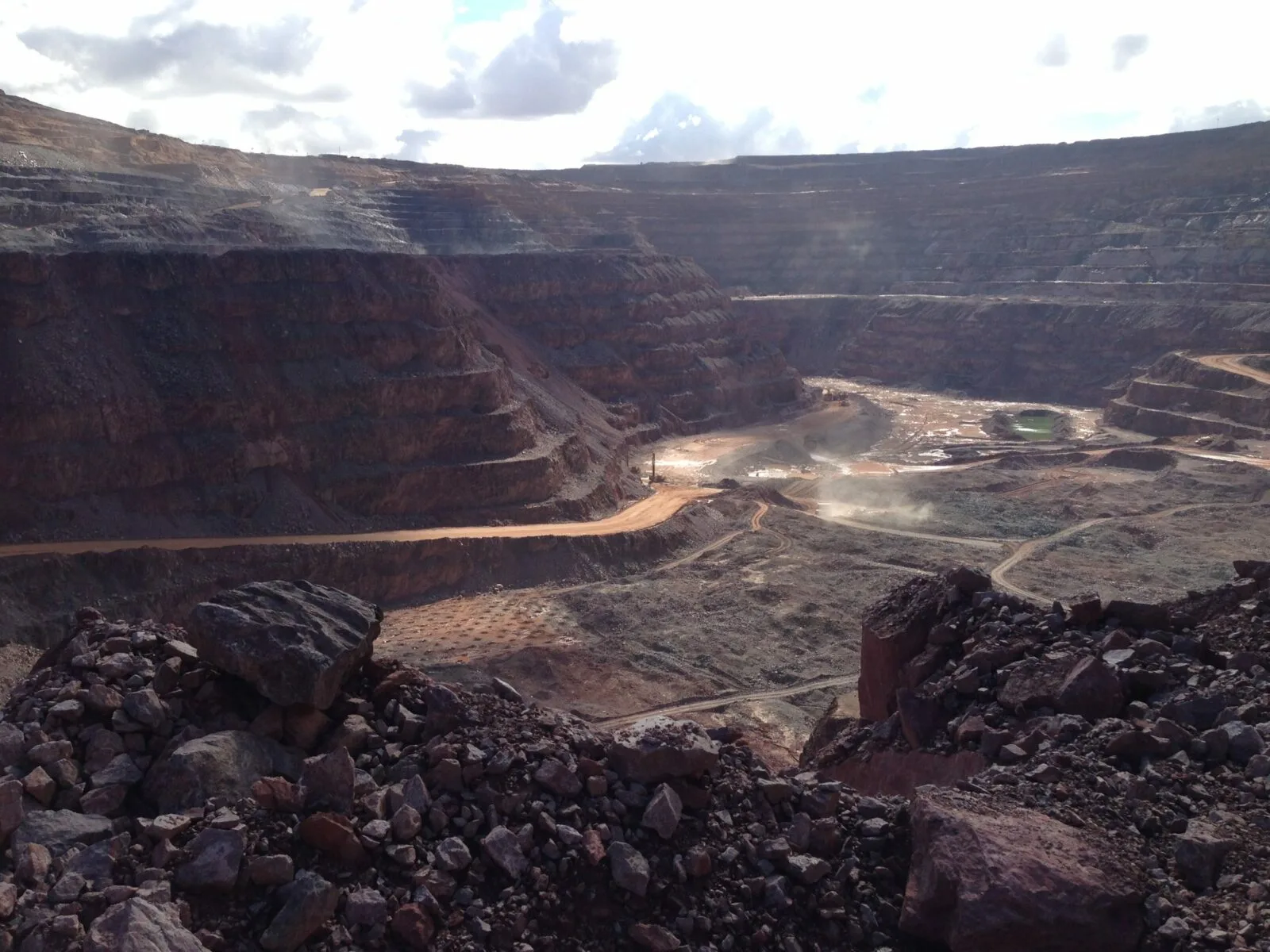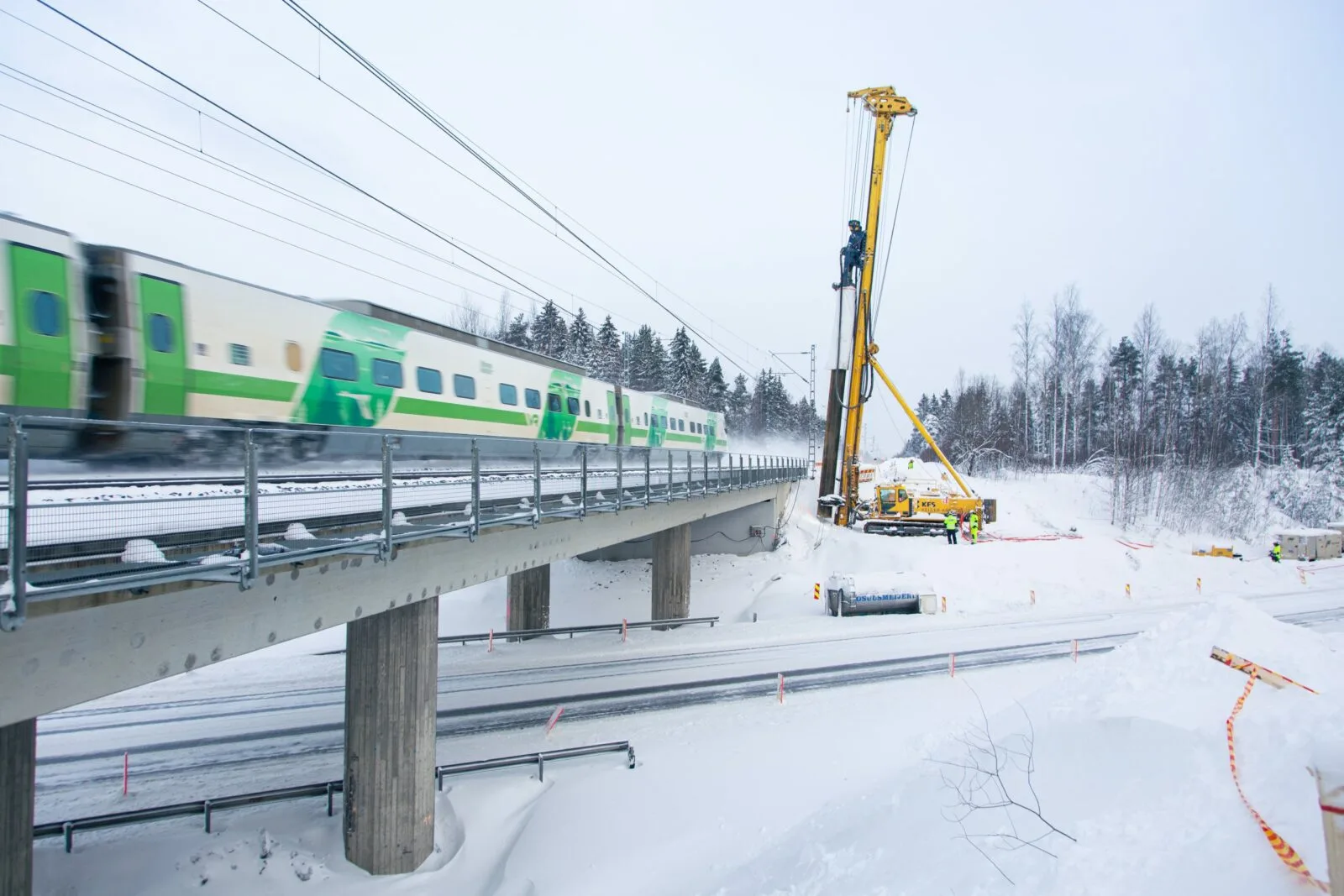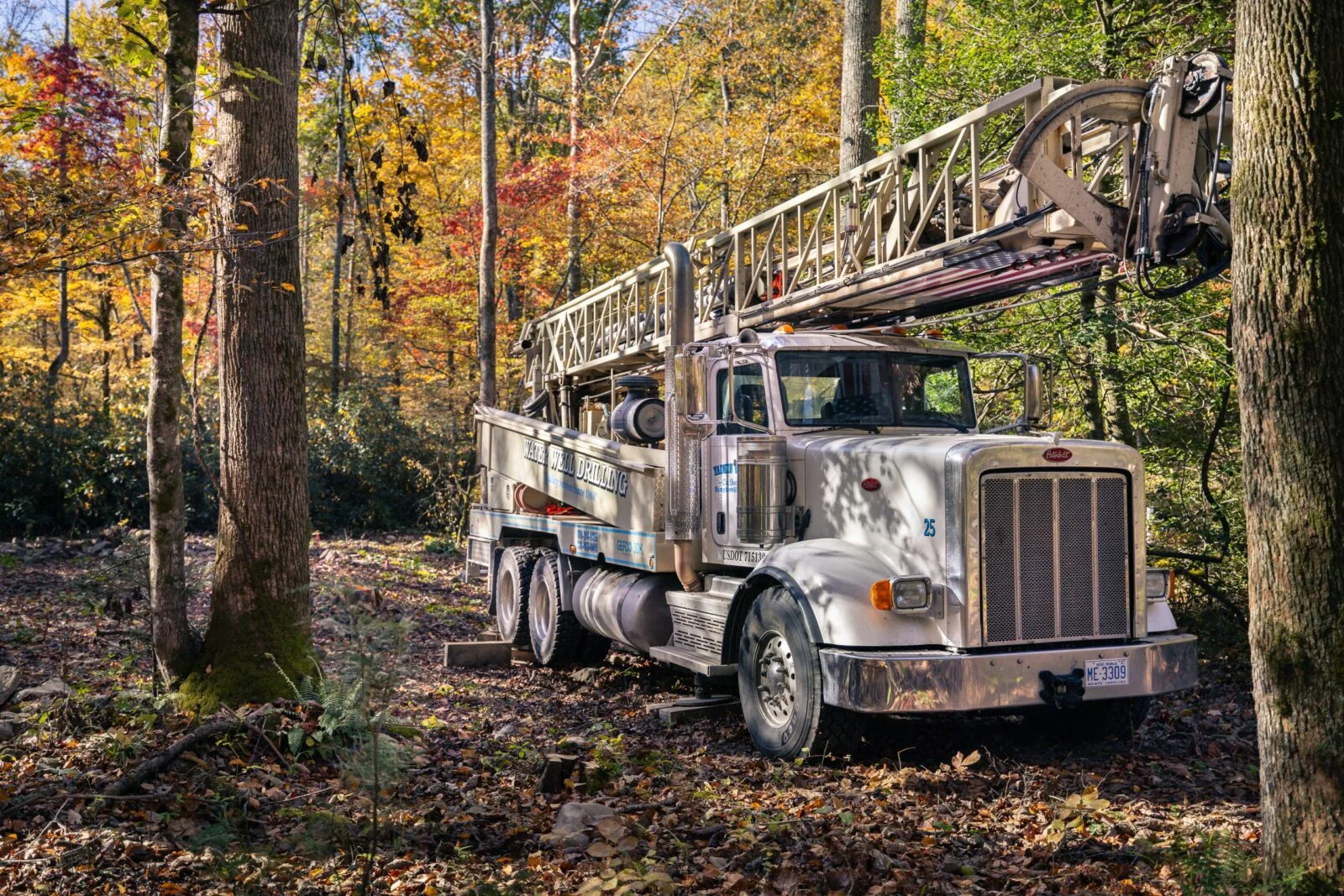+1 (506) 855 3355 / 229 8899 / (905) 808 9818
amedrillservice@gmail.com

Valveless/Tubeless Marteaux DTH au fond du trou à la base d'un train de tiges de forage. Le marteau est alimenté par de l'air comprimé transmis par la tige de forage pour entraîner le piston et produire une force d'impact, qui est ensuite envoyée dans les roches pour les forer et les broyer. Le forage DTH peut être utilisé dans les mines, les carrières, les puits d'eau, les fondations, etc. Le marteau DTH utilise l'air comprimé pour produire une force d'impact, entraînant ainsi les trépans pour broyer les roches.
Valveless/Tubeless Marteaux DTH au fond du trou à la base d'un train de tiges de forage. Le marteau est alimenté par de l'air comprimé transmis par la tige de forage pour entraîner le piston et produire une force d'impact, qui est ensuite envoyée dans les roches pour les forer et les broyer. Le forage DTH peut être utilisé dans les mines, les carrières, les puits d'eau, les fondations, etc. Le marteau DTH utilise l'air comprimé pour produire une force d'impact, entraînant ainsi les trépans pour broyer les roches.
The Valveless/Tubeless Down-the-Hole (DTH) Hammers represent an advanced evolution in Down-the-Hole drilling technology, engineered to maximize drilling efficiency and tool longevity. By incorporating optimized internal designs and leveraging superior manufacturing processes, these hammers deliver consistent and powerful percussive action with reduced operational costs. This makes them a highly reliable choice for demanding drilling applications where both performance and durability are paramount.
Here are the key features of the AME Valveless/Tubeless DTH Hammer:
Down the hole DTH Hammers is a highly versatile and robust drilling tool, designed to excel in a wide range of demanding applications where efficient and precise penetration through hard and abrasive rock is required. Its optimized design for high impact frequency and reduced air consumption makes it an ideal choice for projects prioritizing both speed and cost-effectiveness across various industries.
Here are the primary applications of the AME Valveless / Tubeless DTH Hammer:
Valveless/Tubeless Down-the-hole (DTH) hammers, like other down-the-hole hammers, are a complex mechanical device designed to deliver powerful impacts directly to the drill bit at the bottom of a borehole. While specific internal designs can vary slightly between manufacturers and models for optimization, the fundamental structure comprises several key components working in unison. Compressed air enters the hammer, actuating a piston that reciprocates at high frequency, striking the bit. This percussive action, combined with rotation from the drill rig, efficiently breaks rock.
Here are the main components and their roles in the structure of a Valveless / Tubeless DTH hammer:
For a Valveless / Tubeless hammer, it fit to a valveless or tubeless dth bit which without any foot valve or foot tube. Ame Drill supplies the following type and size of valveless/tubeless hammers
QL40W, QL50W, QL60W, QL80W (4″ t0 8″)
DHD3.5W, DHD340W, DHD350W,DHD360W, DHD380W (3″ to 8″)
Mission 30, Mission 40, Mission 50, Mission 60, Mission 80 (3″ to 8″)
W46, W56, W66, W86, W106, NM126W, W156, W186 (4″ to 18″)
Ame Drill, située à Burlington (Ontario) et à Moncton (Nouveau-Brunswick), est votre partenaire à long terme.


Notre engagement envers nos clients est de ne fournir que des consommables de qualité à un prix compétitif. Nos distributeurs sont répartis dans toute l'Amérique du Nord.

Ame Drill met en place un réseau de revendeurs pour servir correctement et professionnellement l'industrie du forage.

